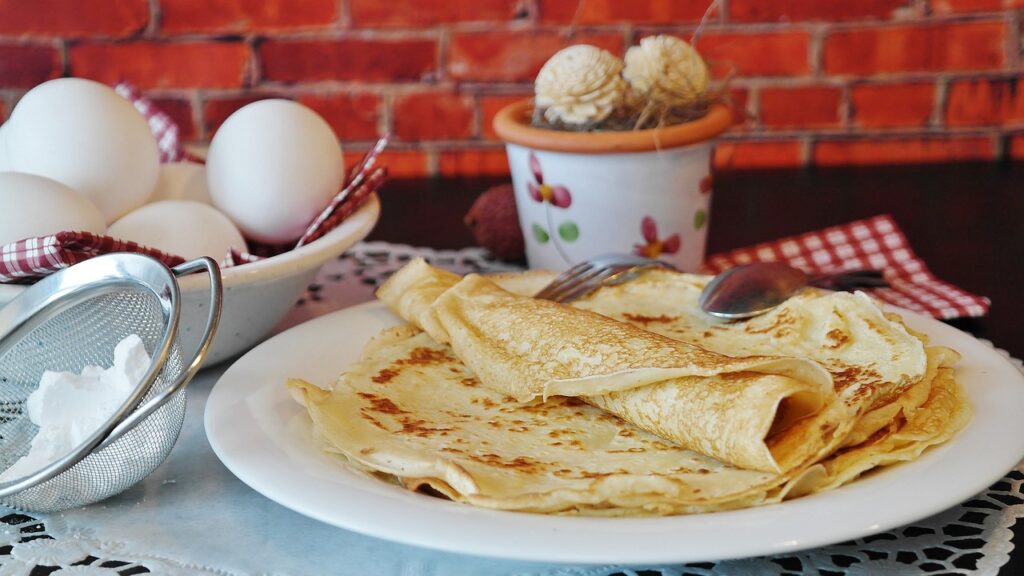Fostardu Cooking Instructions
Fostardu is a delightful dish that combines the rich flavors of spices with the texture of tender chicken. Learning how to cook fostardu exactly is essential to achieving the perfect balance of taste and aroma. Follow these stepbystep instructions to create a mouthwatering meal that will surely impress your taste buds.
Ingredients:
2 lbs chicken thighs 1 onion, diced 3 cloves of garlic, minced 1 tsp paprika 1/2 tsp cumin 1/2 tsp turmeric Salt and pepper to taste 1 cup chicken broth 1/2 cup heavy cream 2 tbsp olive oil Fresh parsley for garnish
Instructions:
- Prepare the Chicken:
Start by seasoning the chicken thighs with salt, pepper, paprika, cumin, and turmeric. Ensure each piece is evenly coated for maximum flavor.
- Sear the Chicken:
In a large skillet, heat olive oil over mediumhigh heat. Add the seasoned chicken thighs and sear them until golden brown on both sides. This step locks in the juices and enhances the overall taste.
- Saute the Aromatics:
Add the diced onion and minced garlic to the skillet with the seared chicken. Saute the aromatics until they turn translucent and release their fragrant aroma, enhancing the depth of flavor in the dish.
- Simmer in Broth:
Pour in the chicken broth, stirring to combine all the ingredients. Allow the broth to simmer gently, infusing the chicken with additional layers of savory taste.
- Add the Cream:
Slowly pour in the heavy cream, swirling it into the skillet. The cream will add a luscious creaminess to the dish while balancing out the spices.
- Cook Until Tender:
Reduce the heat to low and cover the skillet. Let the fostardu simmer gently, allowing the flavors to meld together and the chicken to cook through completely. Stir occasionally to prevent sticking.
- Garnish and Serve:
Once the chicken is tender and the sauce has thickened, remove the skillet from the heat. Garnish the fostardu with fresh parsley for a pop of color and a hint of freshness. Serve hot over rice or with crusty bread.
By following these straightforward instructions, you can master the art of cooking fostardu like a seasoned chef blending spices, tender chicken, and creamy goodness into a harmonious dish that will tantalize your taste buds. Enjoy the rich flavors and comforting aromas of this delectable meal that is sure to become a family favorite.


